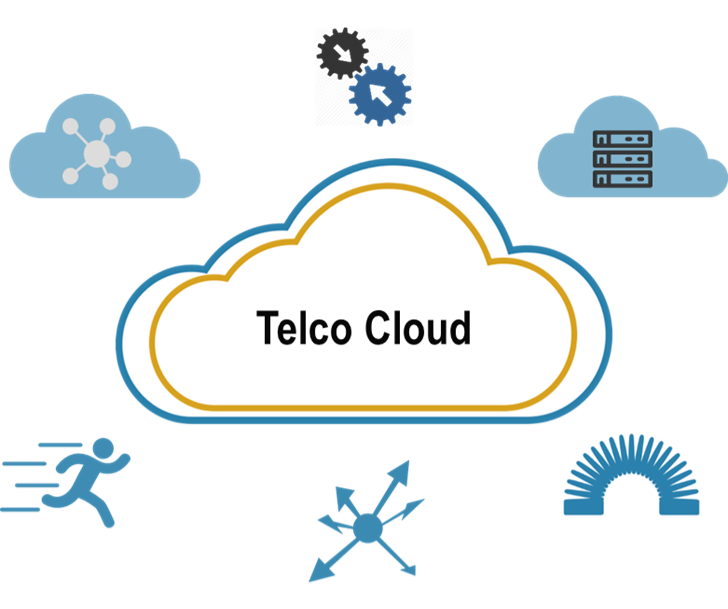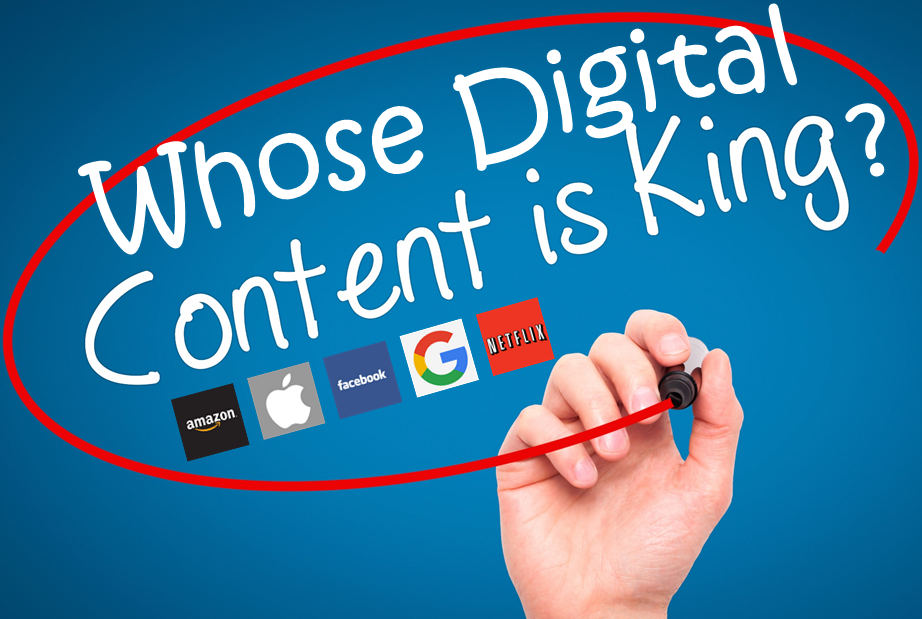Amazon, Facebook and Google are engaged in a global contest to become the pre-eminent broker of digital commerce between merchants and consumers. Google controls the leading digital platform – the Android smartphone. And Facebook dominates mobile messaging. But new digital platforms are emerging – the growing popularity of smart speakers, which rely on cloud-based artificial intelligence, could help Amazon, the original online chameleon, to bolster its fast-evolving ecosystem at the expense of Google and Facebook. As the digital food chain evolves, opportunities will open up for telcos, but only if the smart home market remains heterogeneous and very competitive.









